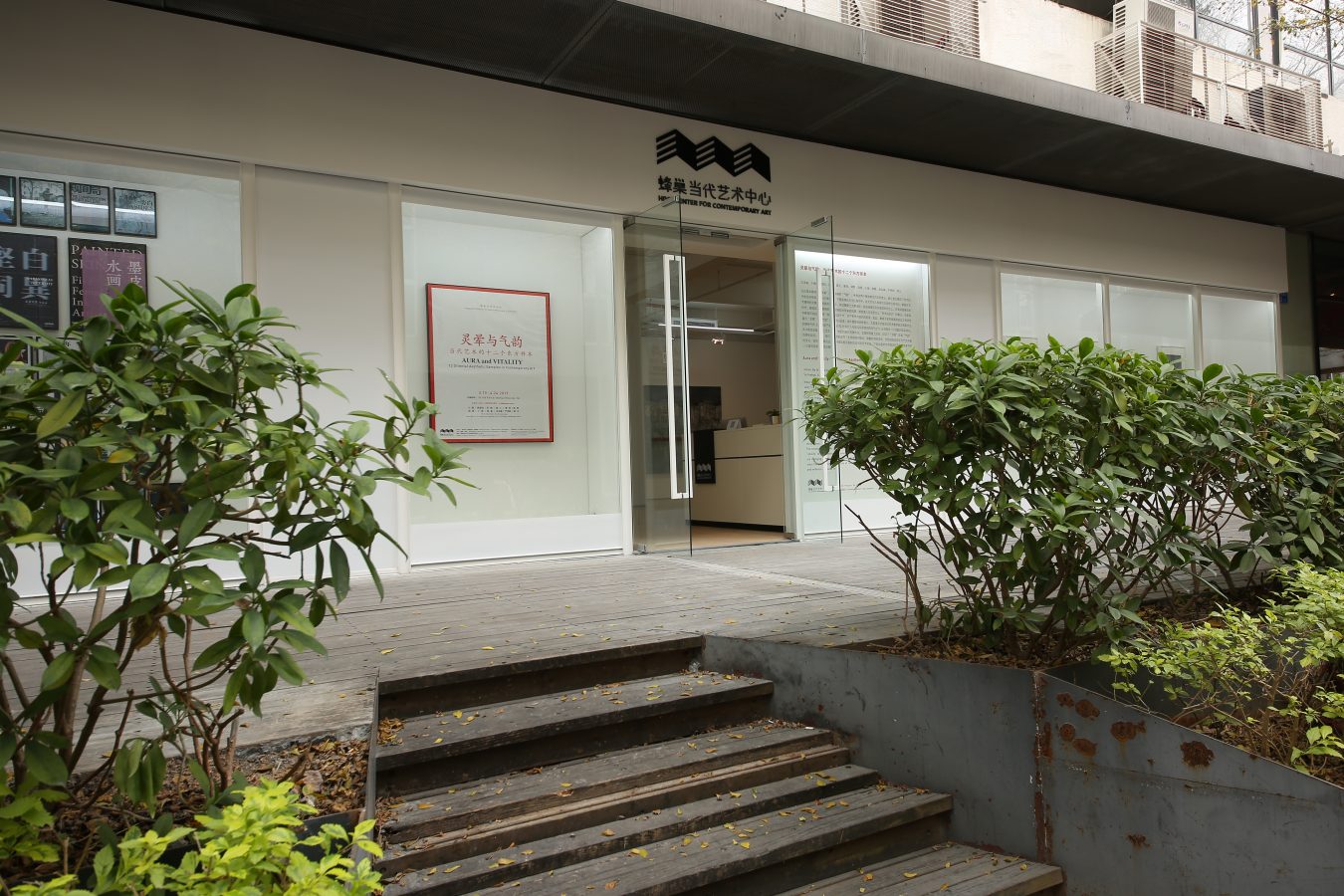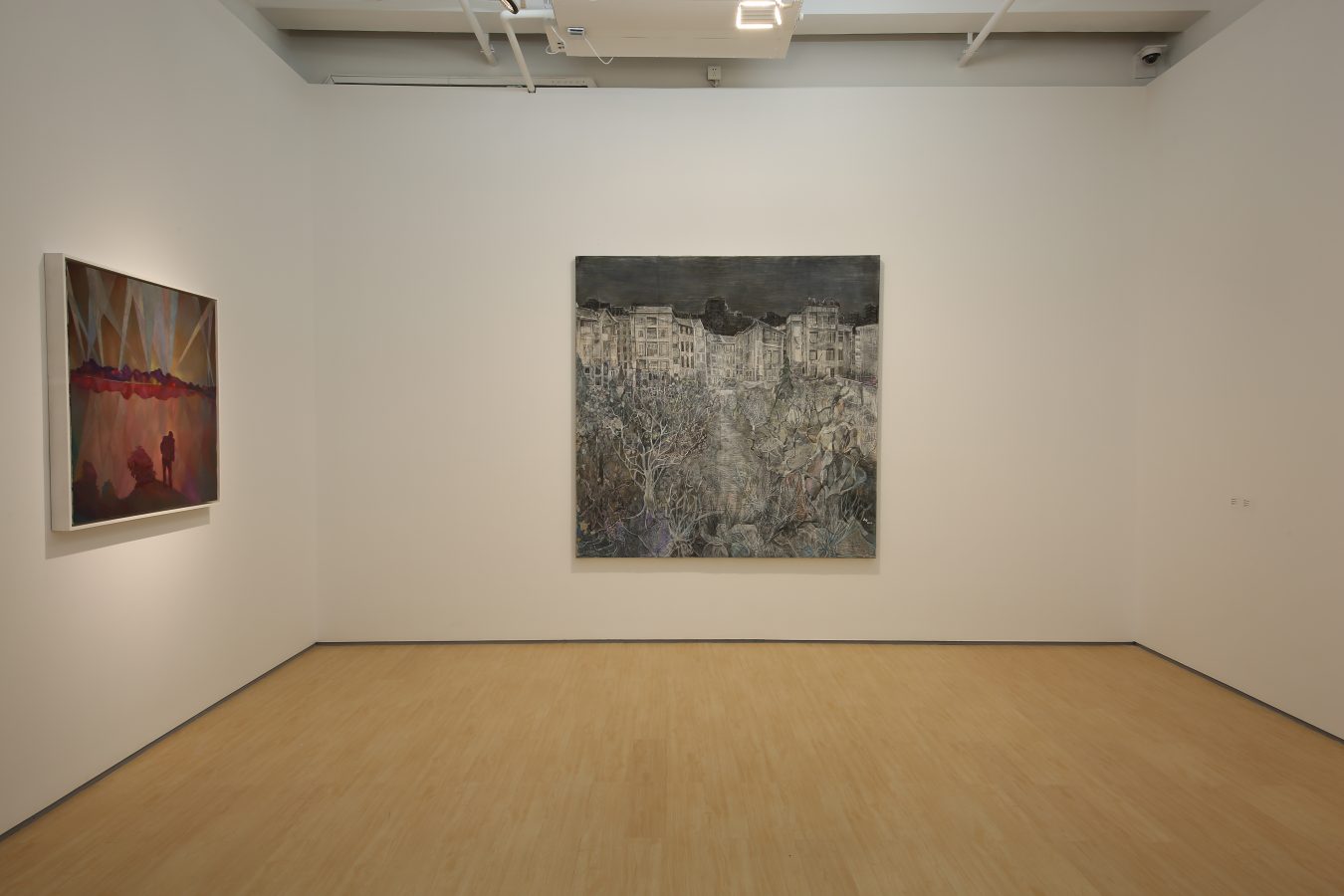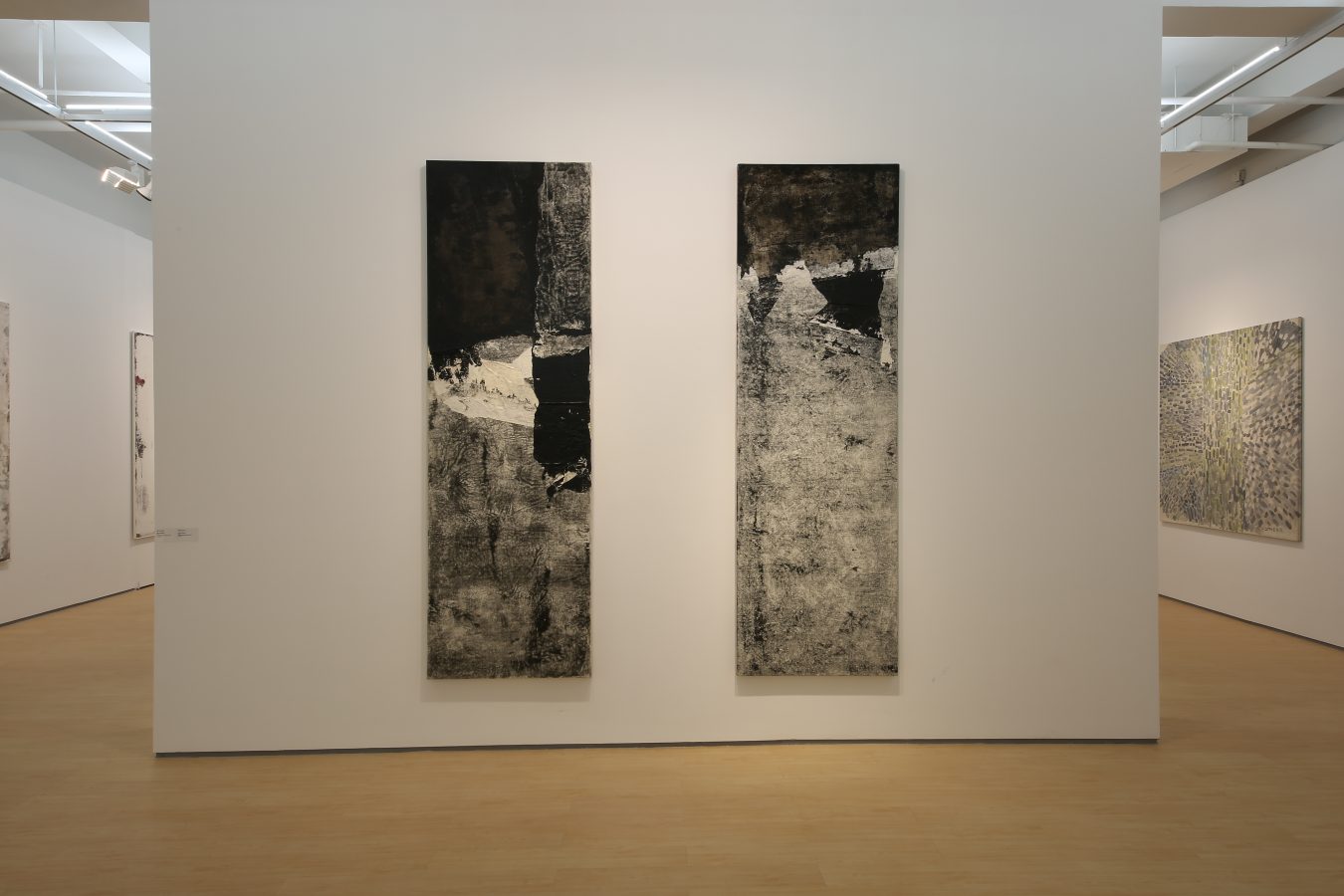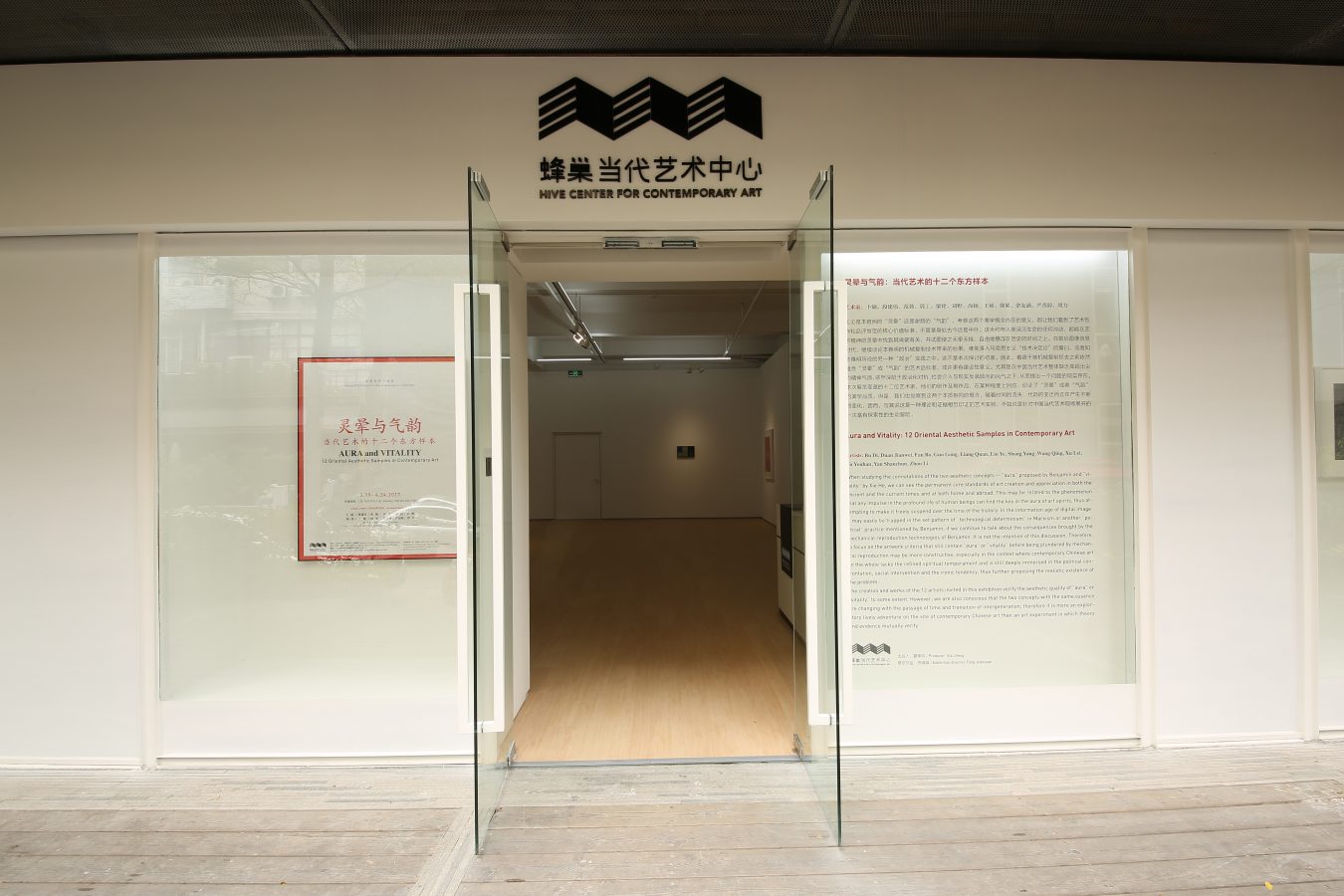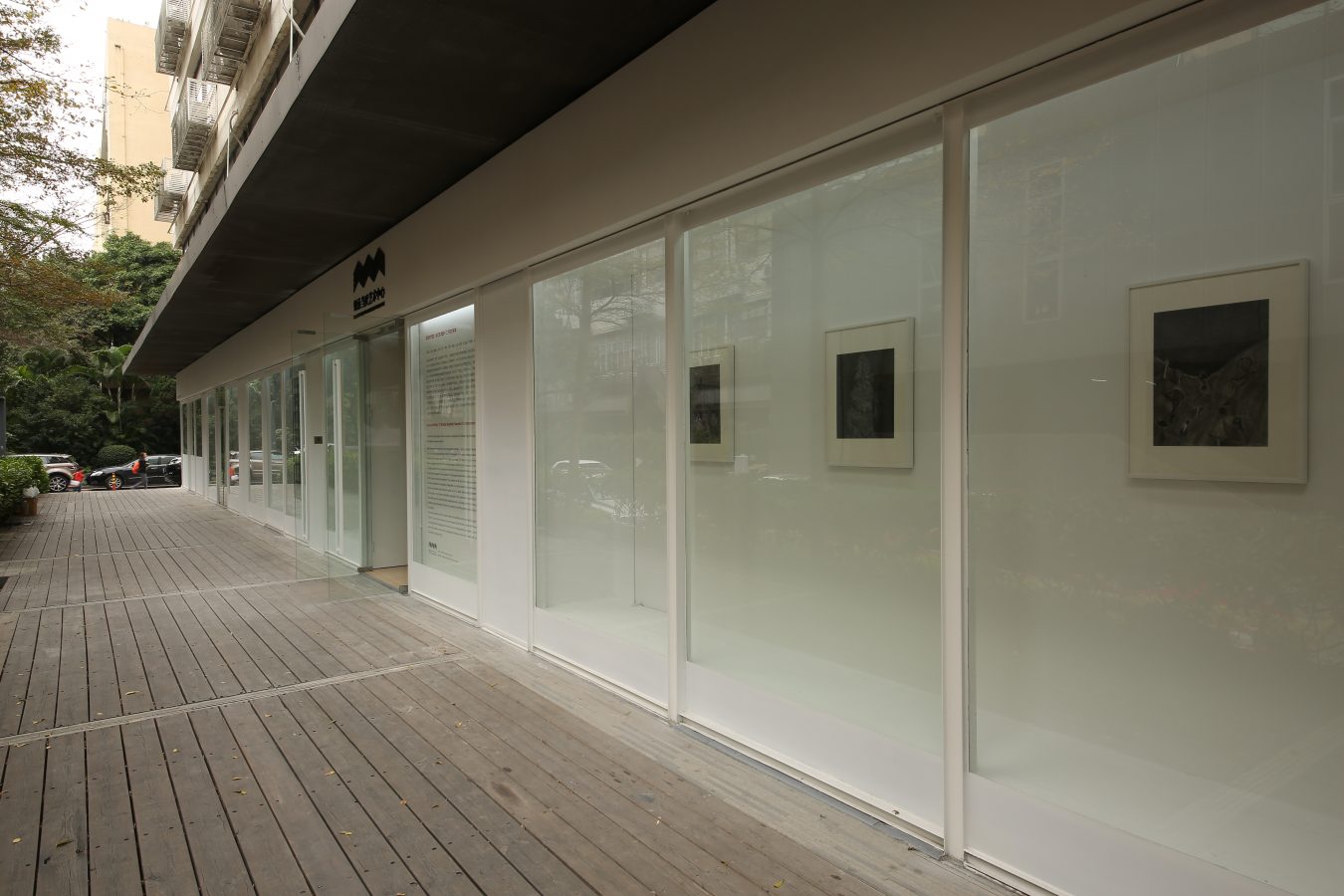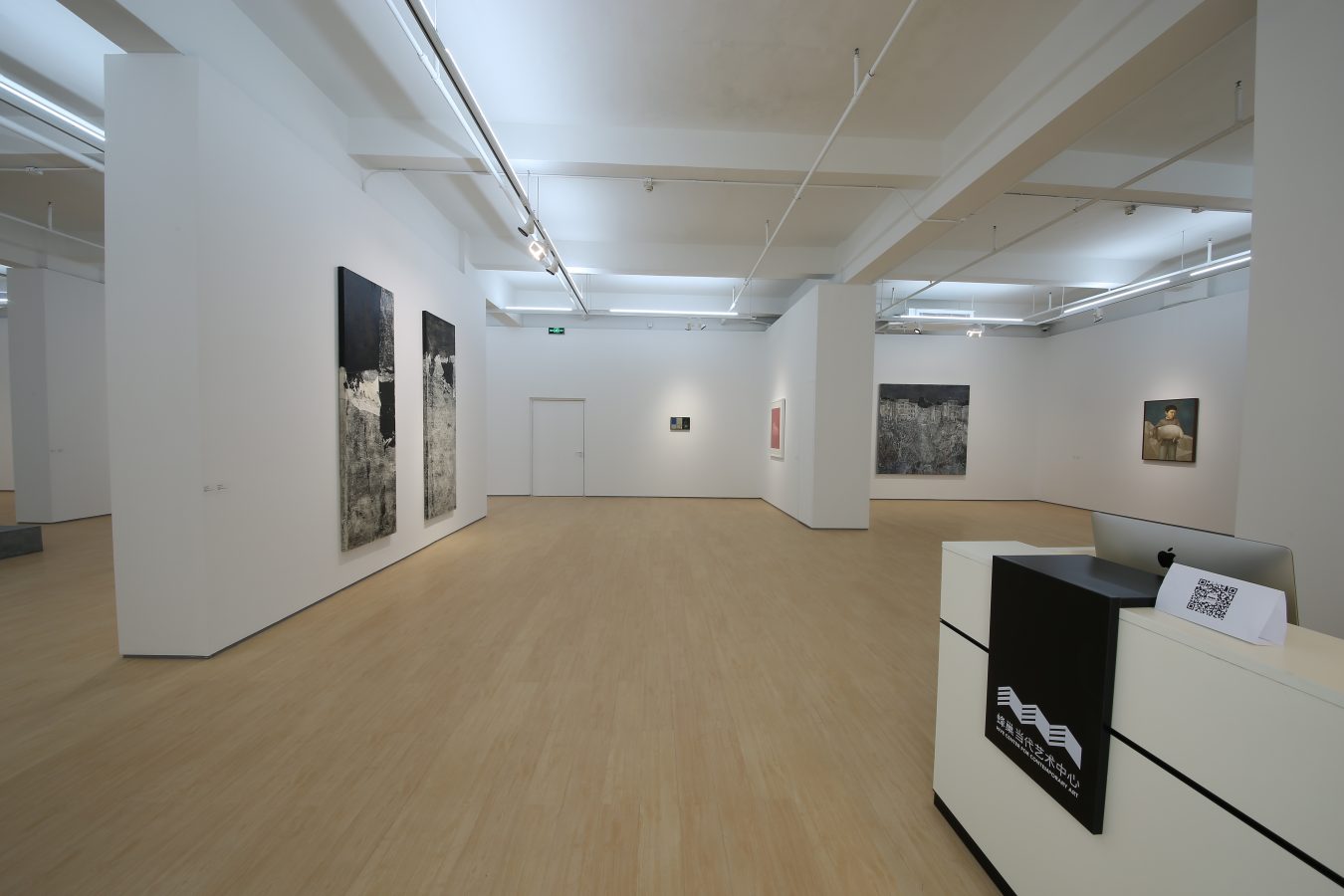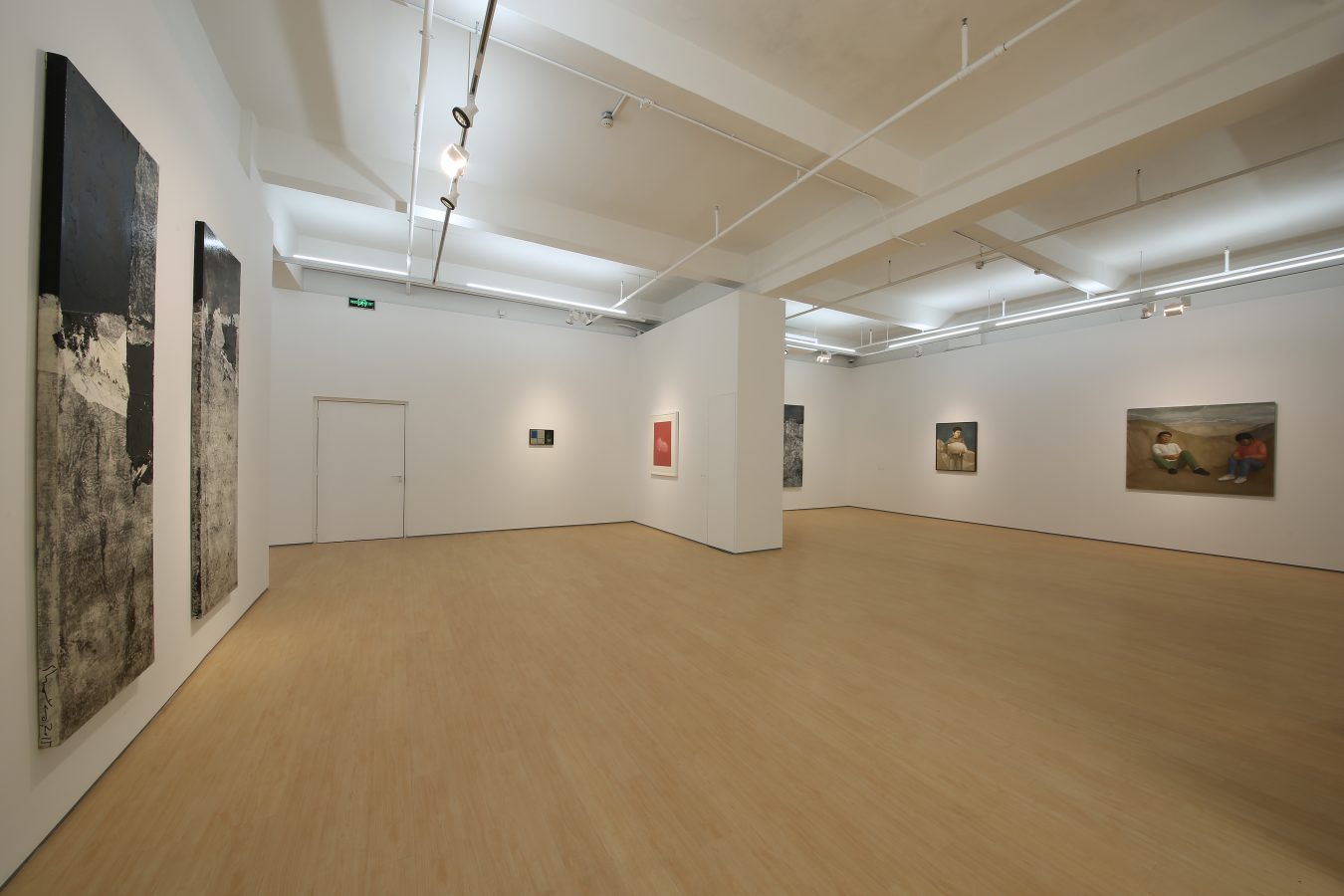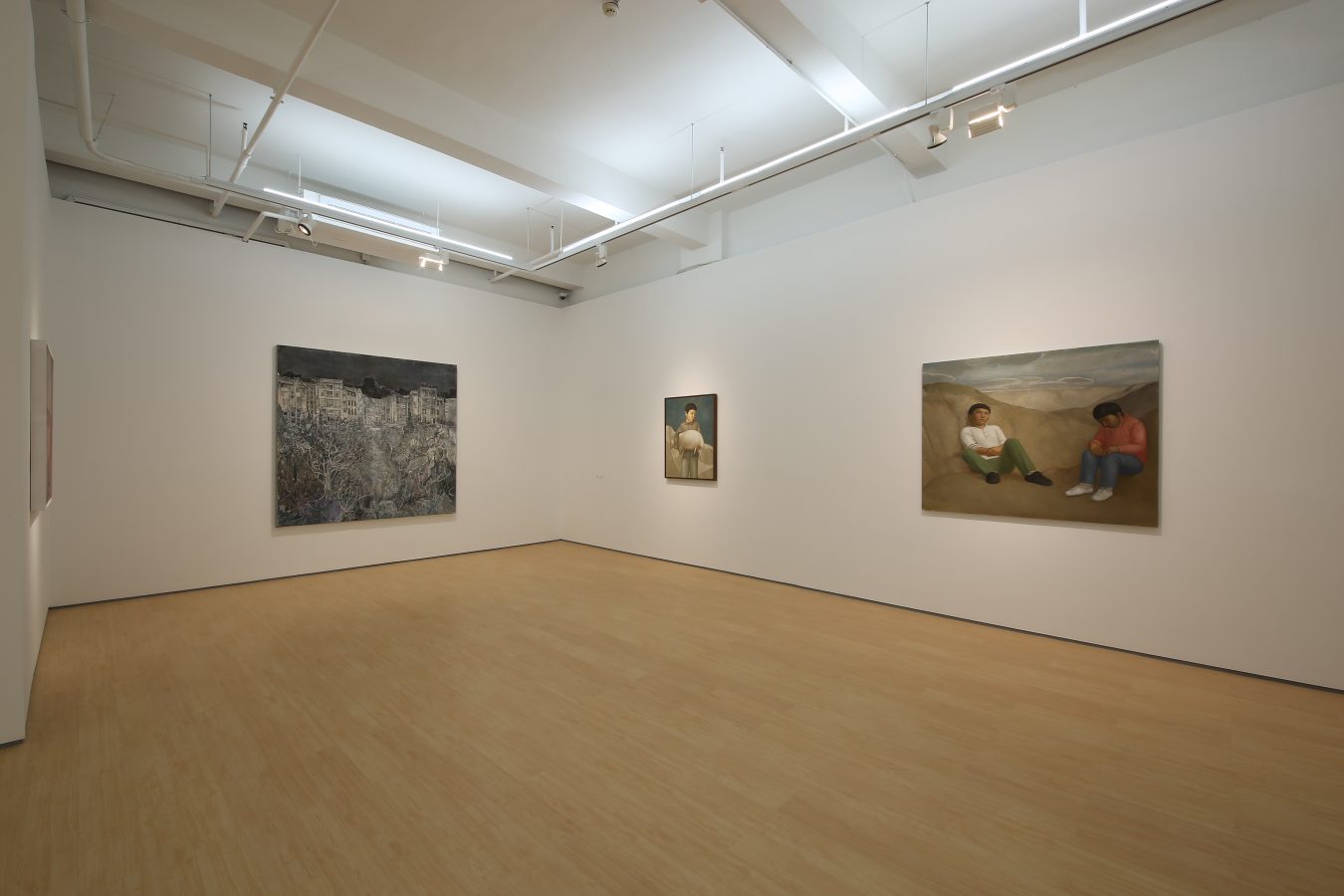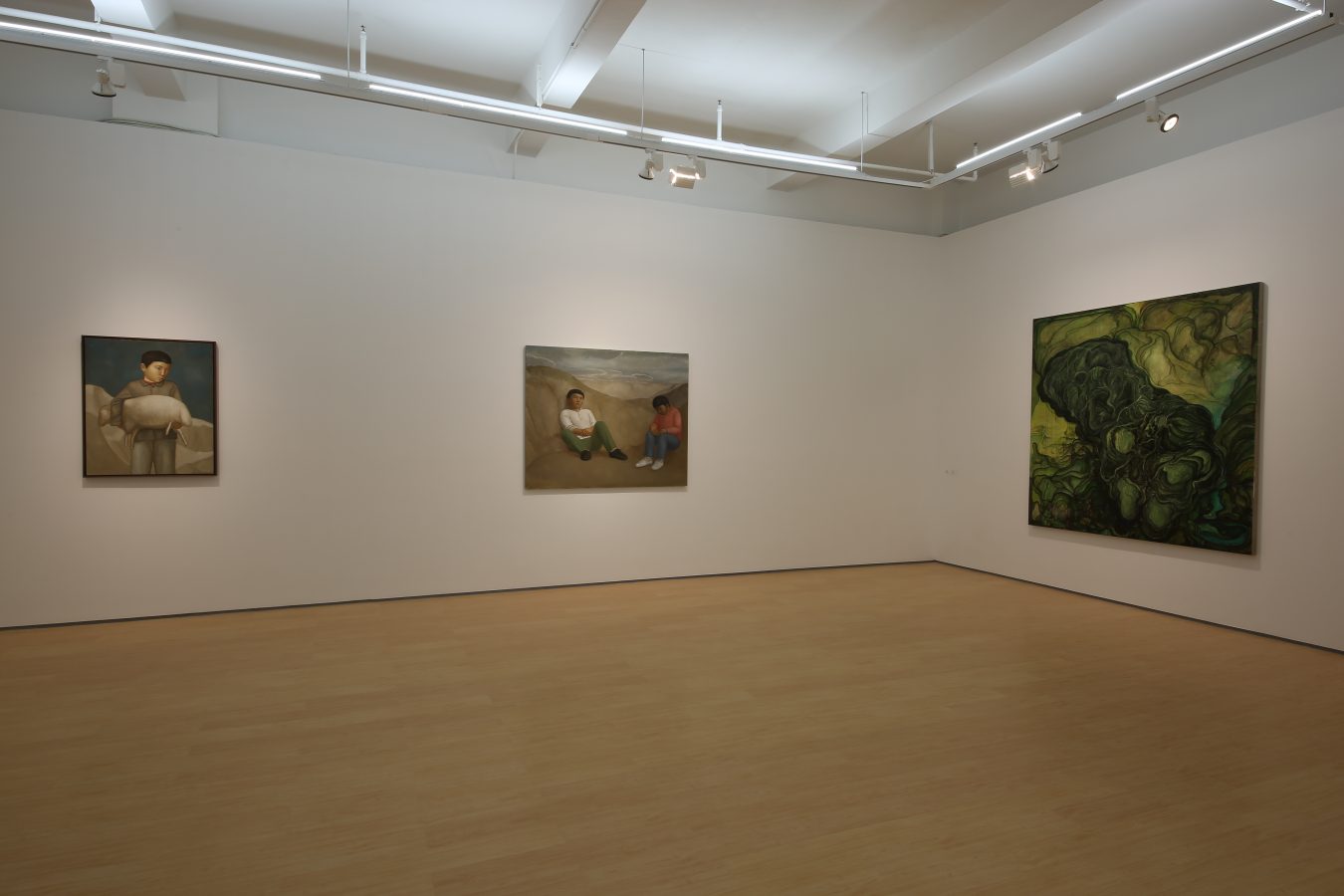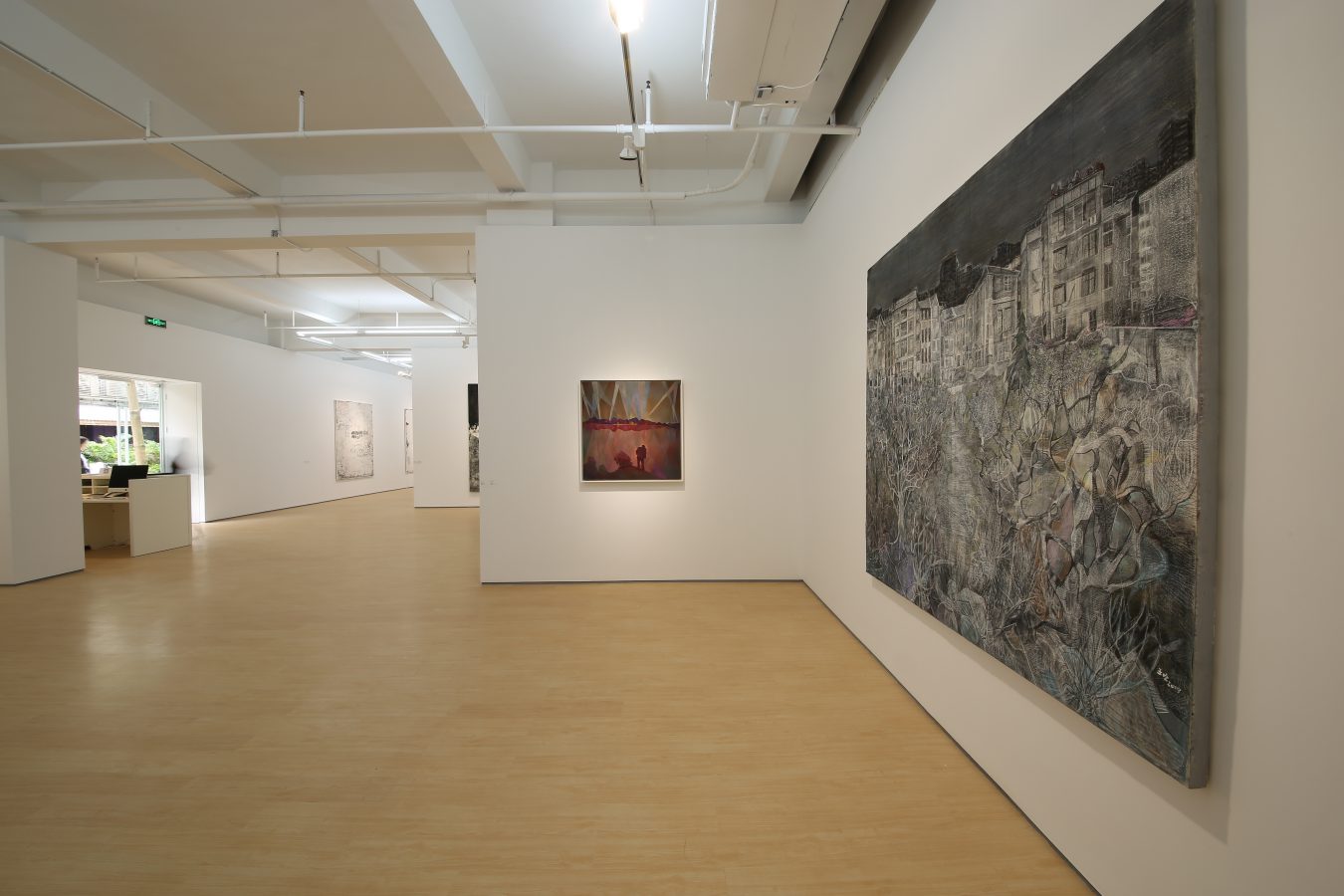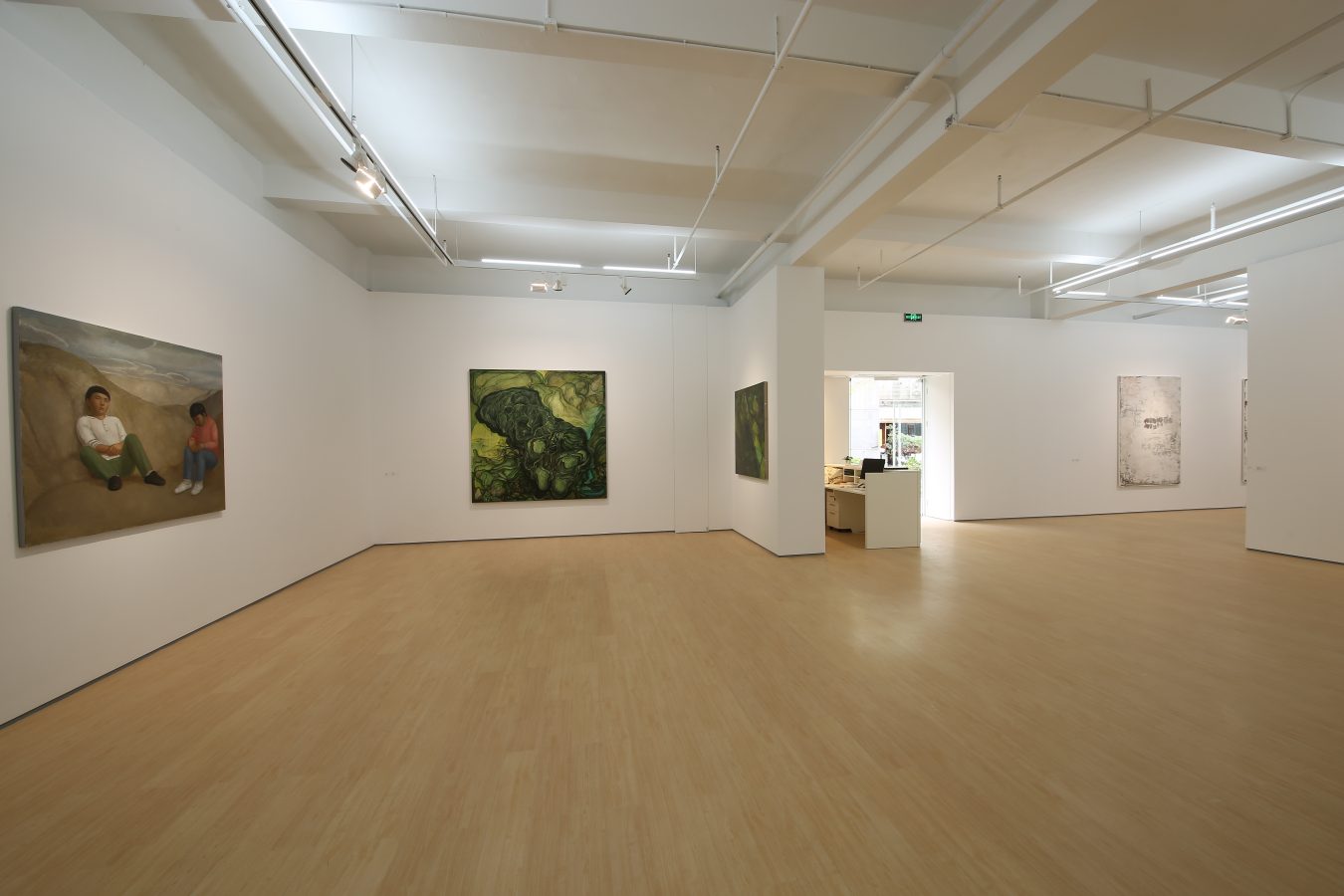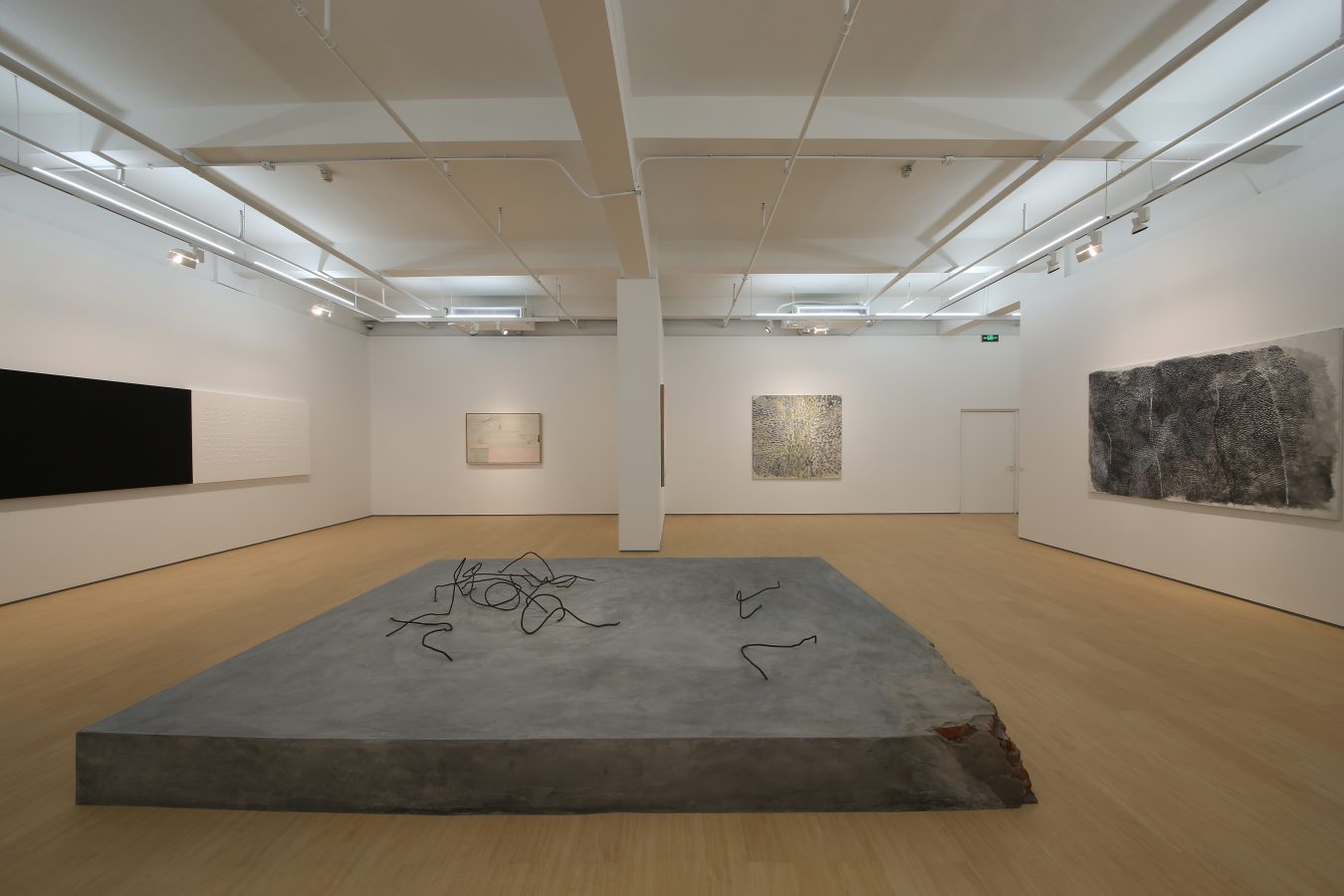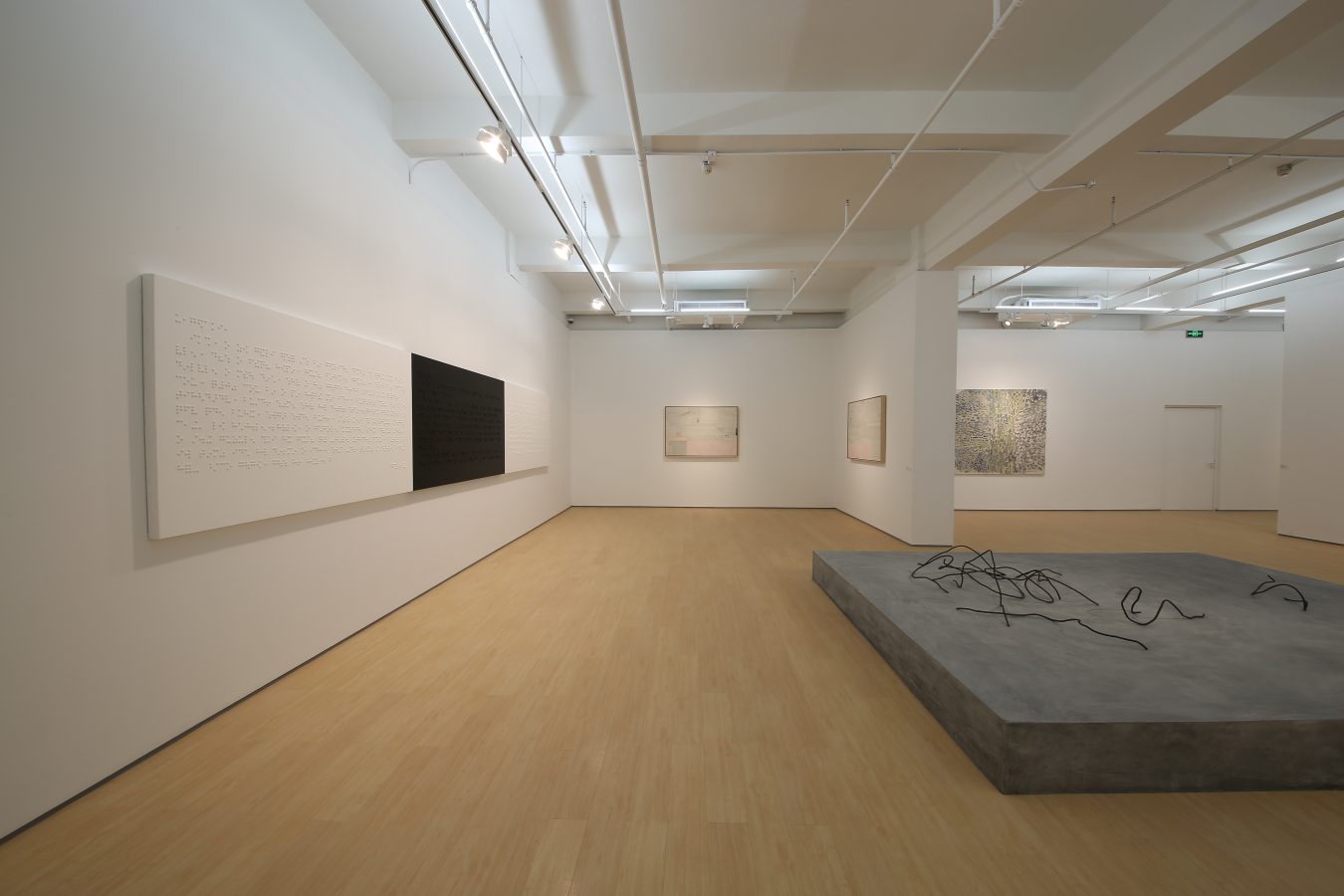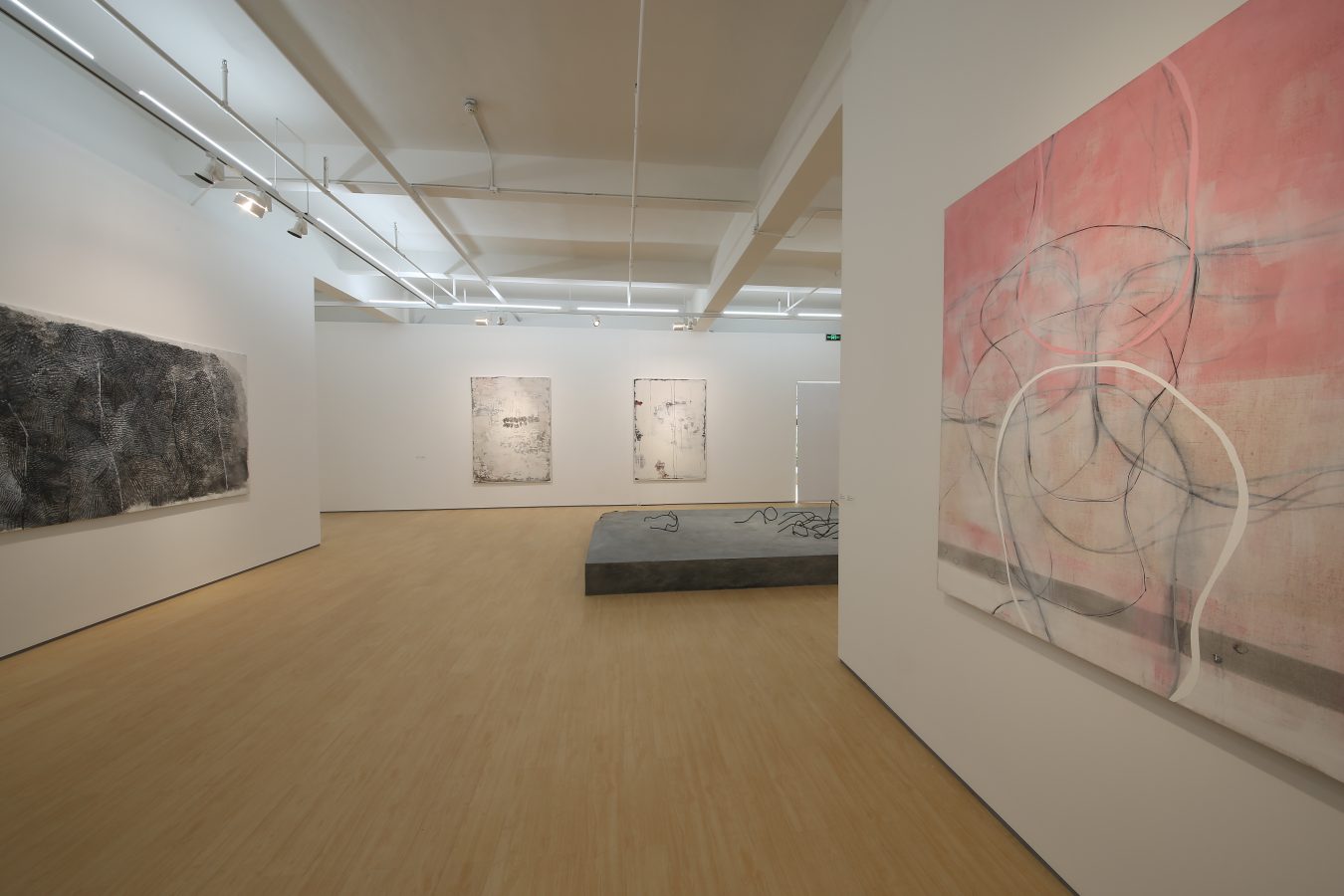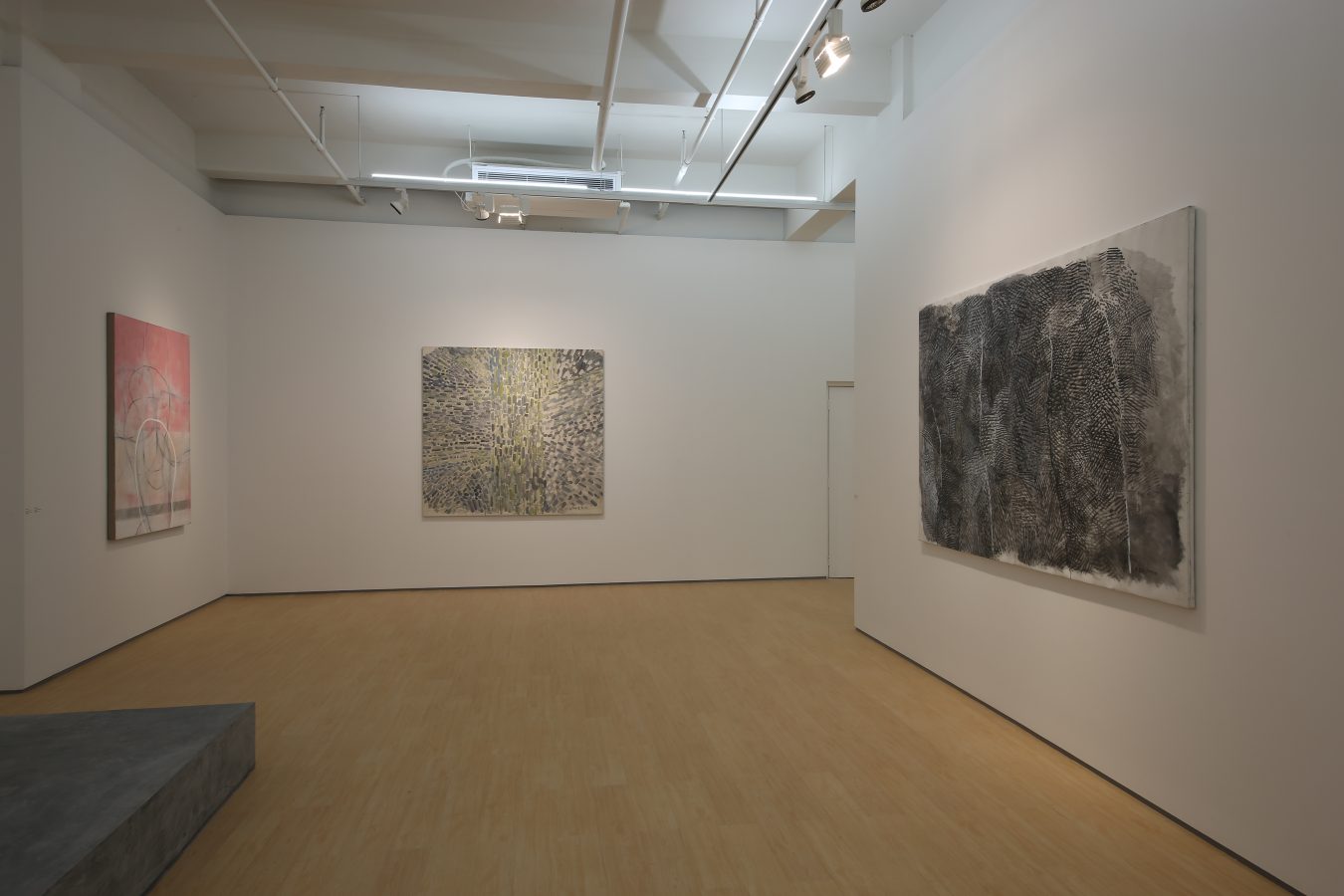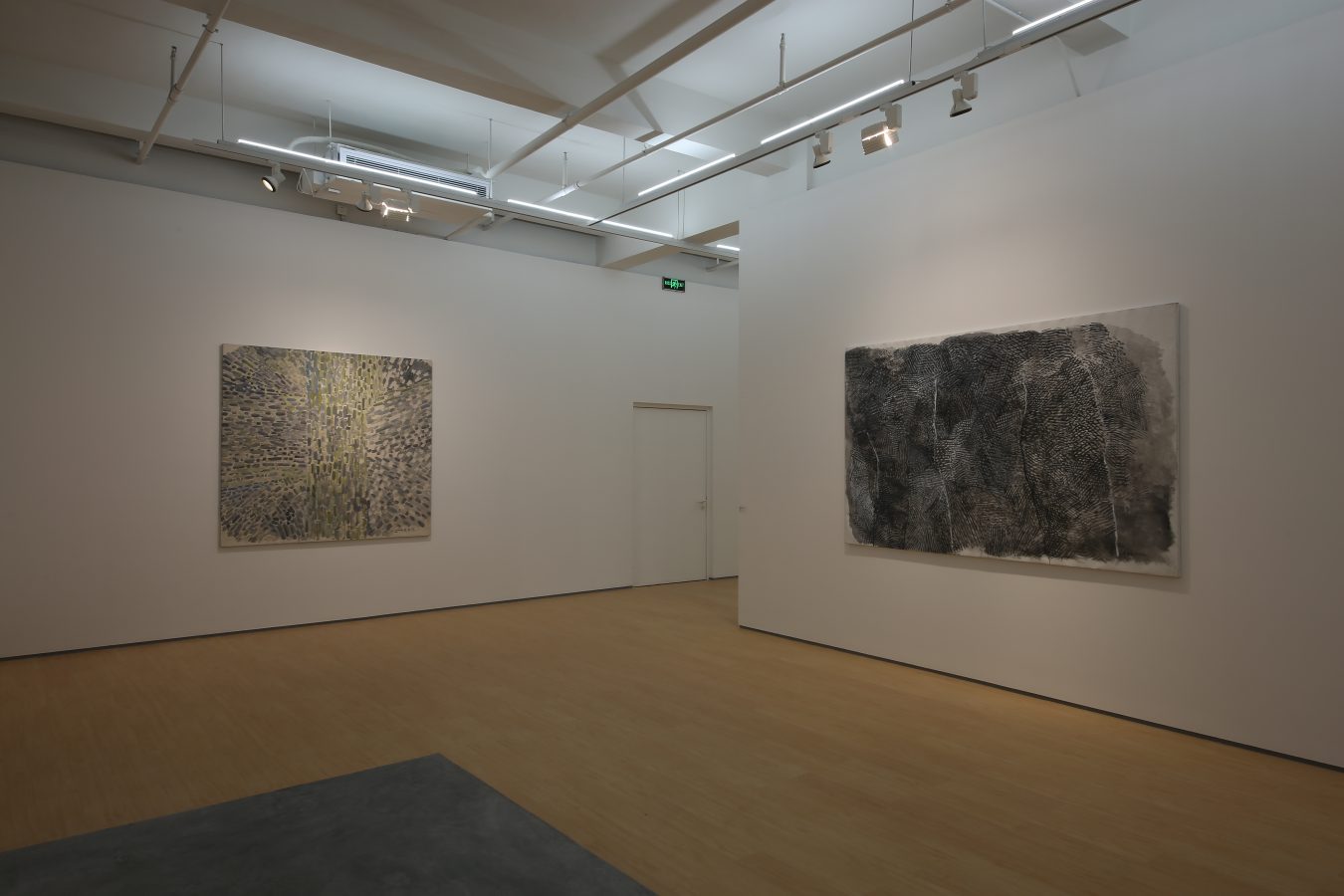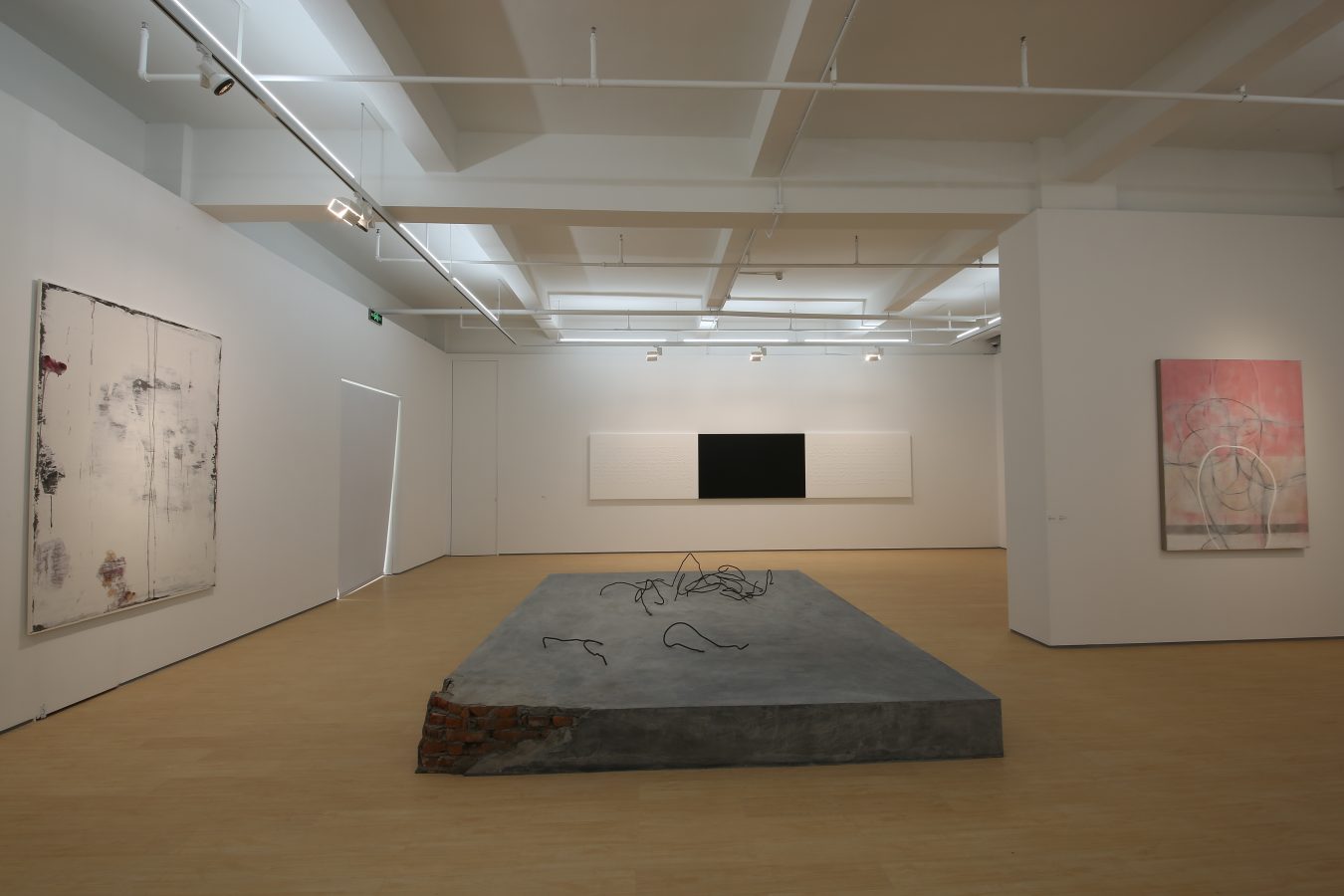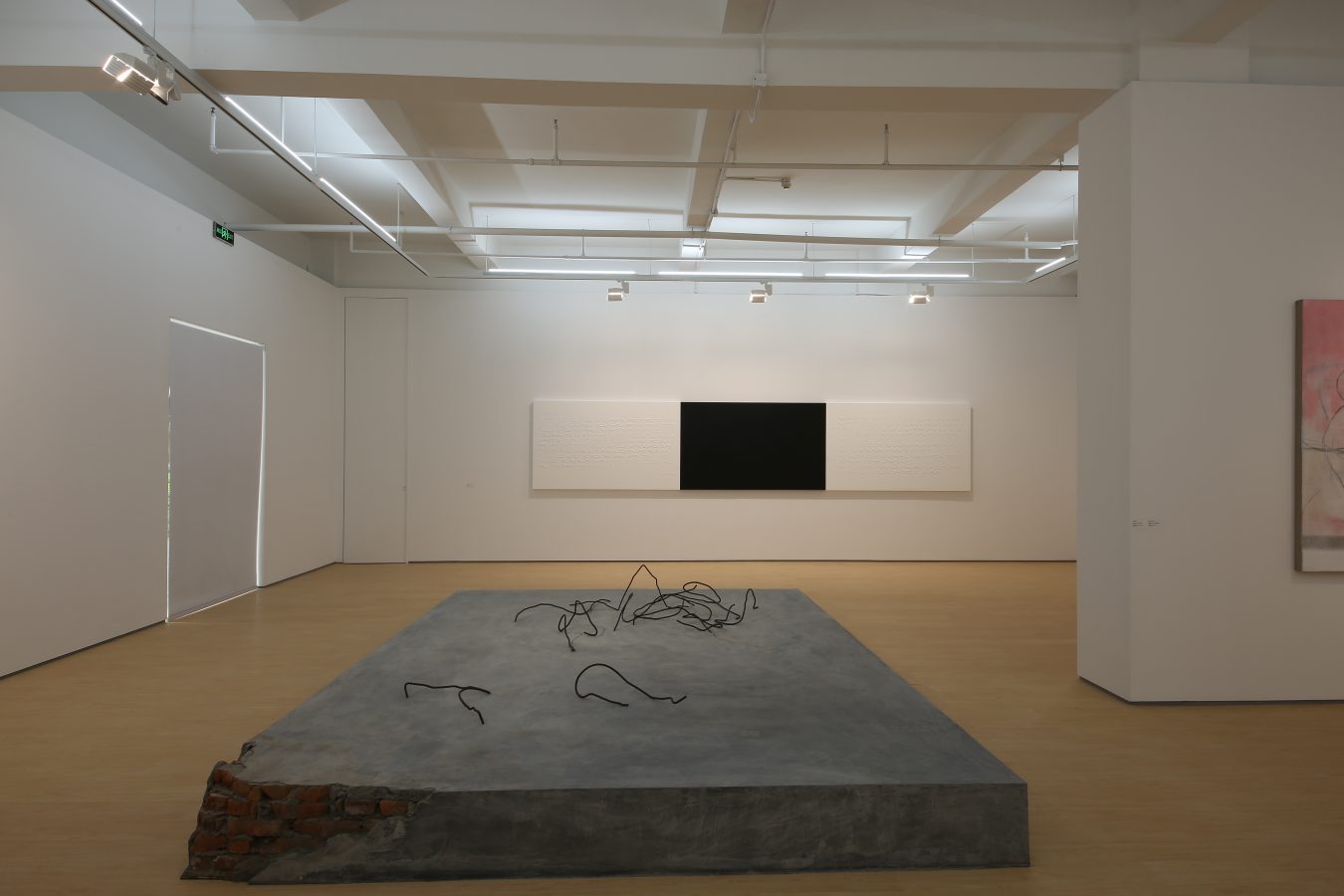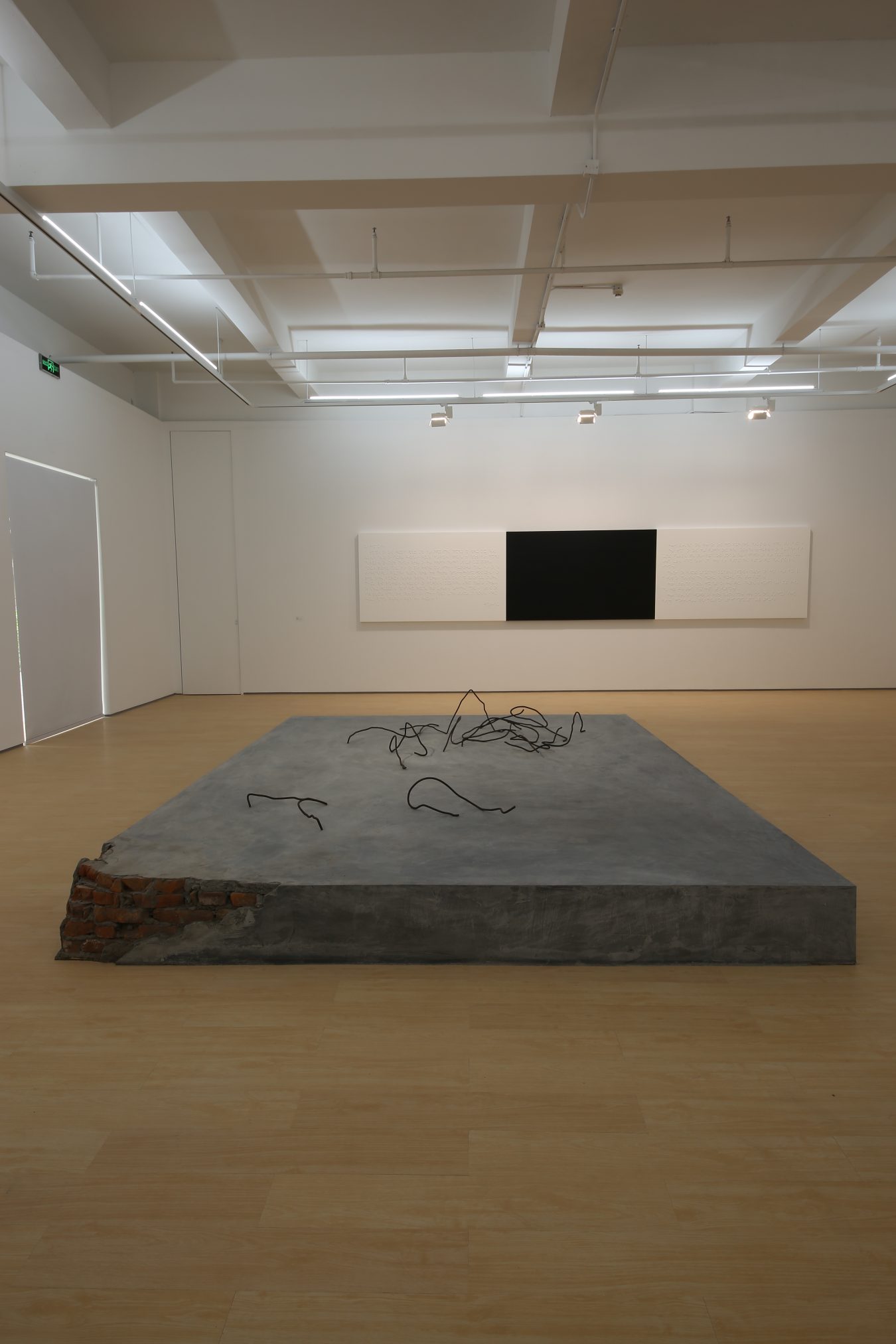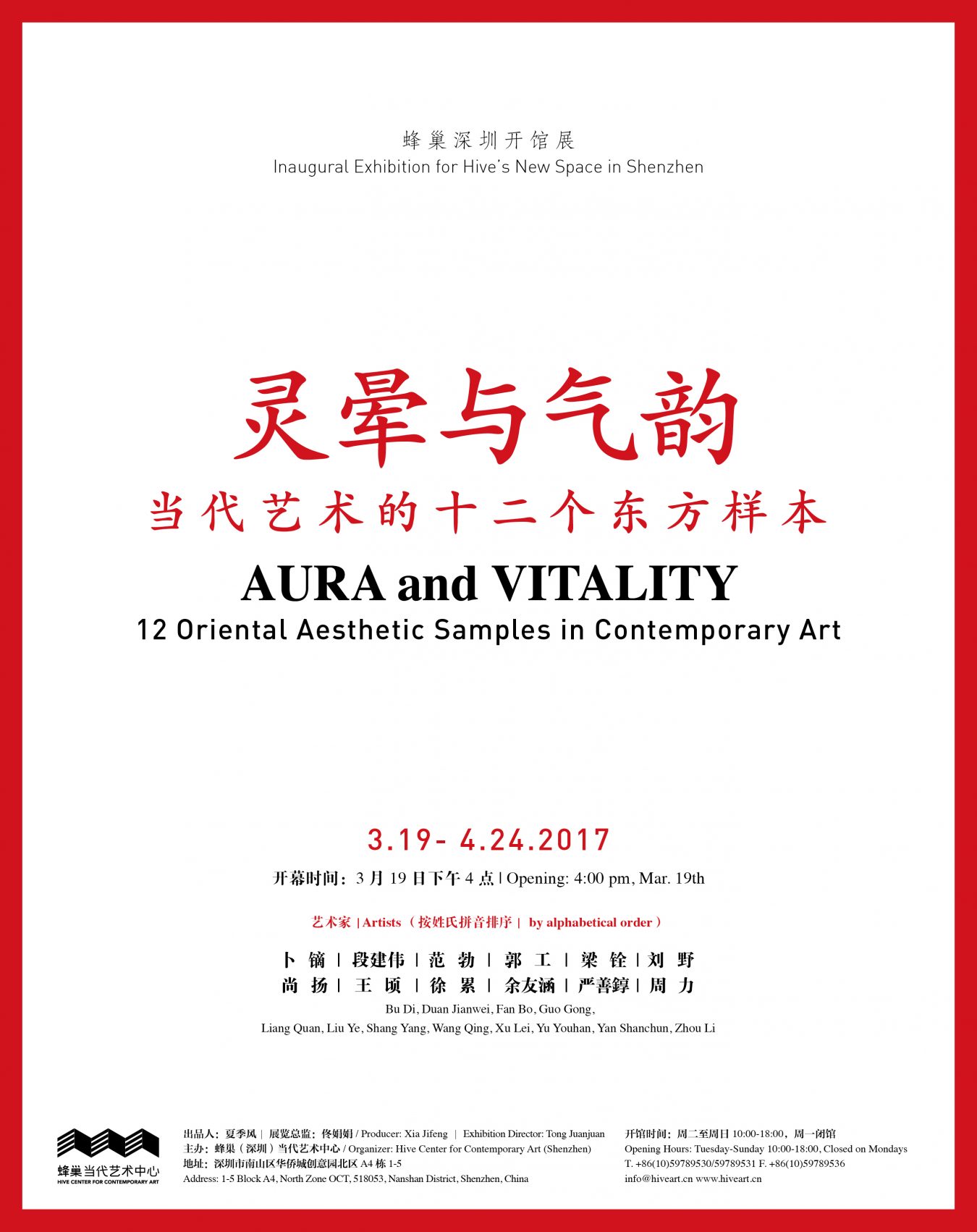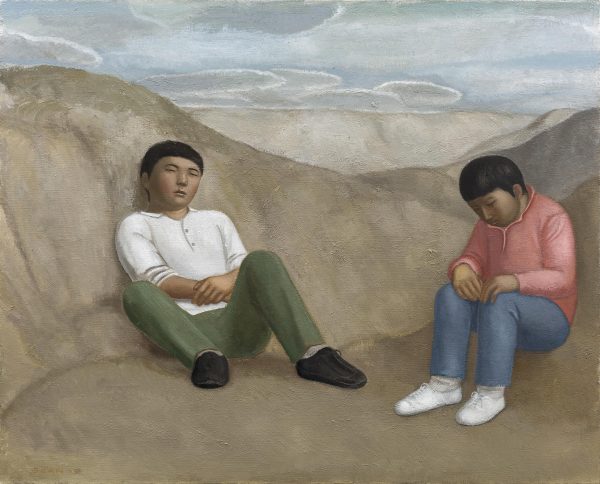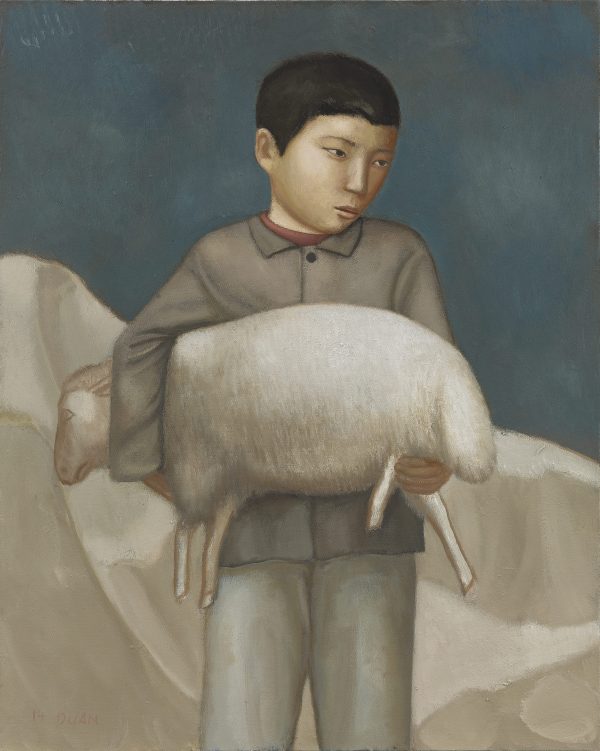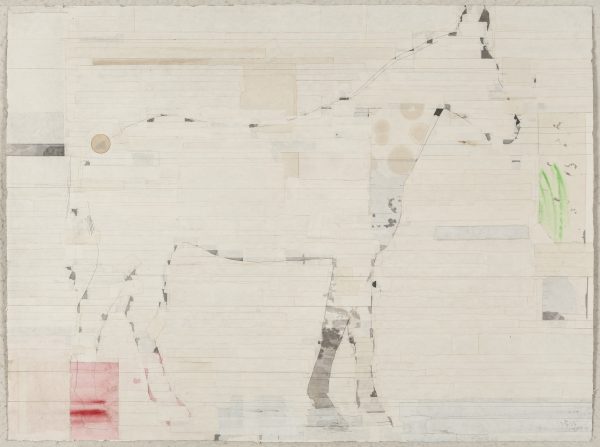As the inauguration exhibition of Hive Center for Contemporary Art (Shenzhen), “Aura and Vitality: 12 Oriental Aesthetic Samples in Contemporary Art” invites 12 representative contemporary Chinese artists to participate, and it tries to start with the occidental concept of “Aura” and the oriental “vitality” to discuss the aesthetic strength and depth embodied in their works, to reflect on the traditional art criteria of China through the modern Western aesthetic paths and to further explore their coherent inheritance in creation. Despite the differences in occidental and oriental cultural backgrounds, the assimilation in the understanding of aesthetic standards is obviously a contemporary art proposition worth studying.
Aura is an important concept proposed by the German philosopher Walter Benjamin (1892-1940) in The Art in the Age of Mechanical Reproduction: what withers in the age of mechanical reproduction is exactly the vanishing aura of artwork. The mystic academic tendency held by Benjamin somewhat obscures the word modifying the core value of art. However, he felt sentimental about the arrival of the age of mechanical reproduction, for the reproduction methods make the artwork instantaneously get rid of human’s conscious control and lose its previous aura. In this sense, the word “aura” can be understood as the spirituality, odor and halo surrounding an artwork. The vanishing of an artwork’s aura is similar to the death of a person; although the physical flesh still exists, the lively soul attached to it disappears. To support his theoretical statement, Benjamin often cited the photographs to indicate that the basic meaning of aura contains the realness, the worship value and the sense of distance. In his opinion, the mystic contact between human and the nature is embodied in the appeal of their interaction: although a man sees the nature’s stare at himself and also reads the mind of the nature, yet he still cannot reach the nature in aura, which gives him a sense of distance, awe and worship. The aura that is abandoned by mechanics and escapes from the artwork is exactly the previous splendor of artwork that Benjamin intended to save and restore.
In the history of traditional Chinese aesthetics, the counterpart of the “aura” concept of Benjamin should be the “vitality”theory proposed by Xie He in the Southern Qi Dynasty (479-502 A.D.). The speeches like “subjective empathy into objects leads to a magical achievement”and “expressing spirit by form”proposed by Gu Kaizhi, the painter in the Eastern Jin Dynasty (around 345-406) and the emphasis on the free and lively expression of human’s spiritual temperament formed since the Wei and Jin Dynasties provide the academic foundation for the theory of Xie He. “Spirit resonance, or vitality” is one of the “six-principle” painting theories that Xie He put forward in his works The Record of the Classification of Old Painters; the term roughly means that the object depicted in artwork possesses a kind of internal vitality and spiritual strength and presents the temperament and mien related to life. Since the six-principle theory was proposed, the ancient Chinese paintings have begun to enter the period of theoretical awareness. From the ancient times, this art and art-making criterion set up over 1500 years ago has been enriched and evolved in the practice and application process of the previous artists, and thereby it has become one of the most stable and mostly widely applied principles in Chinese ancient aesthetic theories and also the important dimension that measures the quality of painting art. Guo Ruoxu, the art historian in the Northern Song Dynasty commented in Overview of Painting, “the excellent illustrations of the six principles remain eternal”; and Xu Fuguan in the contemporary times holds that “from the vivid expression of vitality, we can see the intrinsic essence of Chinese art spirits” in Spirit of Chinese Art.
When studying the connotations of the two aesthetic concepts — “aura” proposed by Benjamin and “vitality” by Xie He, we can see the permanent core standards of art creation and appreciation in both the ancient and the current times and at both home and abroad. This may be related to the phenomenon that any impulse in the profound life of human beings can find the key in the aura of art spirits, thus attempting to make it freely suspend over the time of the history. In the information age of digital image, it may easily be trapped in the set pattern of “technological determinism” in Marxism or another “political” practice mentioned by Benjamin, if we continue to talk about the consequences brought by the mechanical reproduction technologies of Benjamin. It is not the intention of this discussion. Therefore, to focus on the artwork criteria that still contain “aura” or “vitality” before being plundered by mechanical reproduction may be more constructive, especially in the context where contemporary Chinese art on the whole lacks the refined spiritual temperament and is still deeply immersed in the political confrontation, social intervention and the ironic tendency, thus further proposing the realistic existence of the problem.
The creation and works of the 12 artists invited in this exhibition verify the aesthetic quality of “aura” or “vitality” to some extent. However, we are also conscious that the two concepts with the same essence are changing with the passage of time and transition of intergeneration; therefore it is more an exploratory lively adventure on the site of contemporary Chinese art than an art experiment in which theory and evidence mutually verify.
